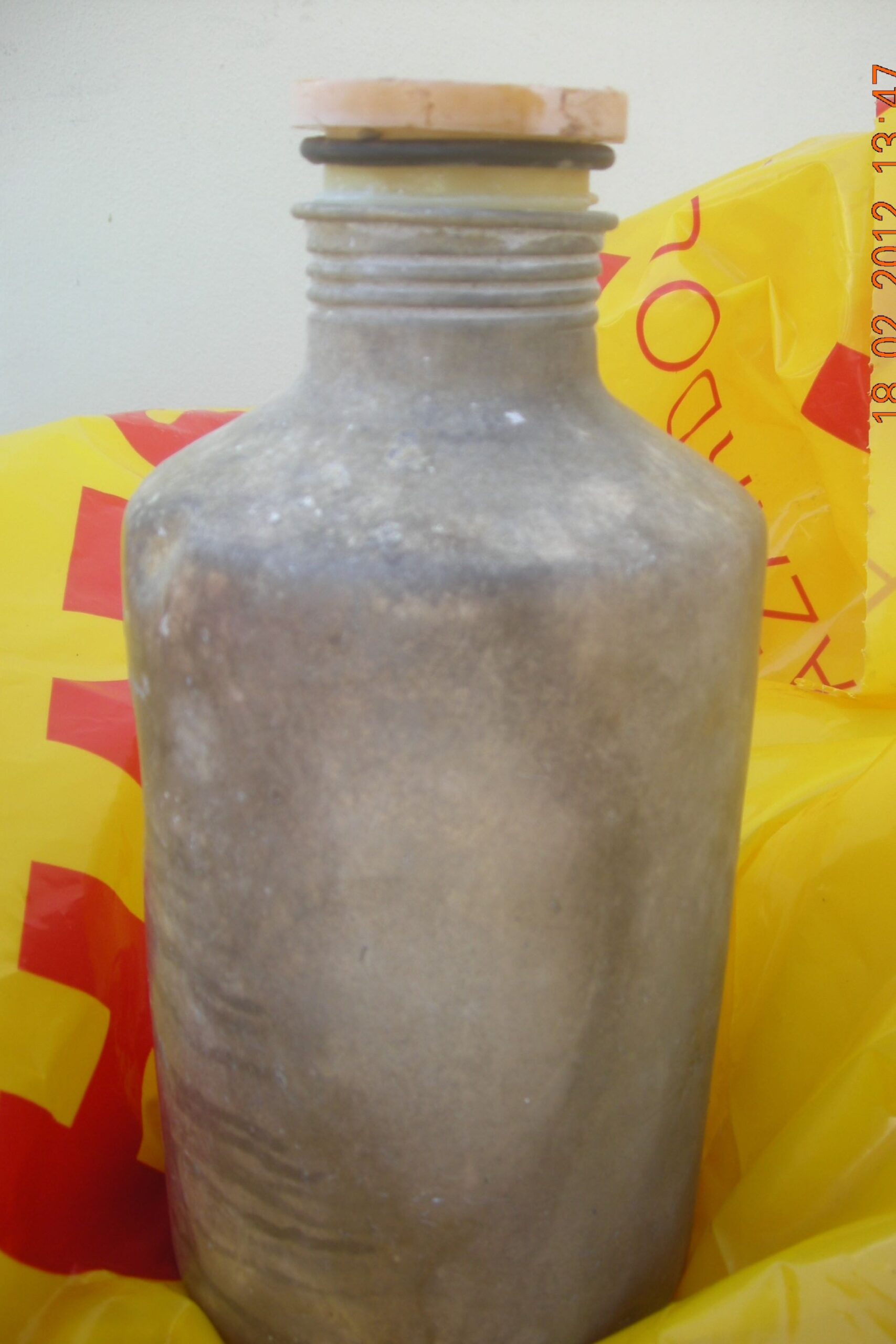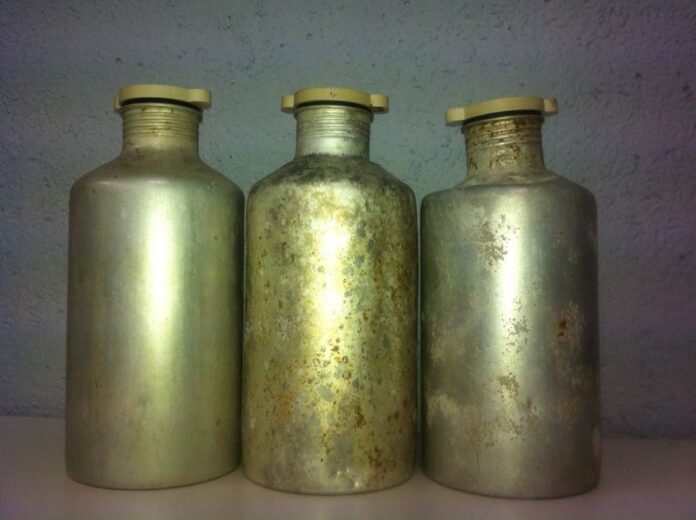South-East Queensland beachgoers, including those on the Sunshine Coast, have been warned to be on the lookout for aluminium canisters that can release noxious gas.
The canisters have been found along Australia’s east coast since the first one washed up more than 10 years ago.
Queensland Parks and Wildlife says it continues to receive reports of canisters washing up on beaches at K’gari, Mulgumpin (Moreton Island) and Minjerribah (North Stradbroke Island).
The canisters were used to hold the rat poison aluminium phosphide, a white-grey powder that, when exposed to moisture in the air, releases phosphine gas, which is highly toxic to humans.
A Department of Environment and Science warning about the canisters says that exposure to the gas can cause symptoms such as headaches, nausea, vomiting, difficulty breathing, dizziness, tightness of the chest, diarrhea, fluid in the lungs, liver/kidney damage and, in severe cases, death.
The gas is also flammable and can spontaneously ignite, causing burns or small explosions, it says.
The alert, updated in December and applicable until July, applies to 12 Queensland Parks and Wildlife locations, including the Inskip Peninsula Recreation Area; the Cooloola Recreation Area and K’gari in the Great Sandy National Park; the Bribie Island National Park and Recreation Area; the Gheebulum Kunungai (Moreton Island) National Park and Moreton Island Recreation Area; the Southern Moreton Islands National Park; and the South Stradbroke Island Conservation Area.
Heidi Tait, CEO and founder of the Tangaroa Blue Foundation, which works to prevent and remove marine debris, said the canisters had been found in the Gulf of Carpentaria and as far south as Tasmania.
“We’ve probably come across about 40 of them and there’s probably that many again that others have,” she said.
Ms Tait said a canister was found as recently as the first week of March on Cape York.

Ms Tait said the canisters had possibly been used for rodent control on a grain vessel in the Pacific.
The Australian Maritime Safety Authority conducted modelling to try to determine where the canisters came from.
“We are not able to confirm with certainty the source for those canisters,” an AMSA spokesperson said.
“Early modelling done more than 10 years ago suspected the canisters may have come from a cargo ship that could have lost its cargo somewhere in the Pacific Ocean.”
Ms Tait believes the canisters may have washed up in large numbers somewhere and become dislodged in wet weather.
She expected more to turn up following wet weather in North Queensland in January and in the wake of Tropical Cyclone Afred in south-east Queensland.
“They seem to turn up after big rain,” she said.
“When you get significant weather events, they tend to re-emerge in the water and start popping up.
She warned anyone who found one of the canisters not to touch it and to stand away and upwind from it, given the possibility of leaks, and to call triple-0 for firefighters.
The Queensland Fire Department confirmed it dealt with the canisters as HAZMAT incidents. Data on how many of the canisters the QFD had dealt with was not available.
The canisters are silver in colour, about 22cm long, with a tapered top and screw-in lid. Those found have not had labels, although they may have worn off.





